How Retino AC Gel Works
Retino AC Gel works by combining the strengths of clindamycin, a powerful antibiotic, and tretinoin, a vitamin A derivative known for its skin-renewing properties.
- Clindamycin targets Propionibacterium acnes, the bacteria responsible for acne flare-ups. It reduces bacterial load on the skin, helping to control infection and inflammation.
- Tretinoin, on the other hand, increases cell turnover. It helps unclog pores, diminishes blackheads and whiteheads, and promotes the shedding of old skin cells, revealing smoother, healthier skin underneath.
The synergy of these two ingredients ensures that both the cause (bacteria) and the aftermath (clogged pores and scarring) are addressed simultaneously. Numerous clinical studies validate the effectiveness of this combination therapy, especially for treating persistent acne and post-acne pigmentation.
Indications & Uses
Medical Conditions Treated
Retino AC Gel is primarily indicated for:
- Acne vulgaris
- Inflammatory acne
- Post-acne hyperpigmentation
- Acne-prone oily skin
It is especially recommended for people struggling with:
- Retino AC Gel for pimples
- Retino AC Gel for acne scars
Recommended Usage
Apply a thin layer of Retino Gel once daily, preferably at night. Before application, clean and dry the affected area thoroughly. Avoid applying the gel to broken or sunburned skin. It is advised to use sunscreen during the day, as tretinoin can increase sun sensitivity.
Retino AC Gel Benefits & Advantages
Patients report significant improvement in acne and scarring within 8–12 weeks of consistent use. Key benefits include:
- Reduces active acne and pimples
- Prevents new breakouts by keeping pores clear
- Lightens acne scars and pigmentation
- Improves overall skin texture and tone
Unique Advantages
- Combines antibiotic and retinoid therapy in one product
- Minimally irritating compared to standalone retinoids
- Backed by dermatological research
- Affordable and accessible through platforms
Visual Retino AC Gel before and after results show noticeable improvements in skin clarity, especially when used under medical supervision.
Side Effects & Precautions
Common Side Effects
- Skin dryness
- Peeling or flaking
- Redness or irritation
- Mild burning sensation
Serious (but rare) Side Effects
- Severe skin irritation
- Allergic reactions (rash, itching, swelling)
- Photosensitivity
Safety Guidelines
- Avoid using other topical acne treatments unless prescribed
- Always apply moisturizer and SPF 30+ in the morning
- Do not use during pregnancy or breastfeeding unless approved by a doctor
- Keep away from eyes, mouth, and mucous membranes
These Retino Gel side effects are usually mild and tend to subside with continued use or dosage adjustment.
FAQs
Q1. How long does Retino AC Gel take to work?
Most users see visible improvements in 4–8 weeks. For deeper acne scars, it may take up to 12 weeks.
Q2. Is Retino AC Gel suitable for sensitive skin?
People with sensitive skin should start with alternate-day use to minimize irritation. Consult a dermatologist before use.
Q3. What are the main Retino AC Gel ingredients?
The key Retino AC Gel ingredients are:
- Clindamycin phosphate (1%)
- Tretinoin (0.025%)
Q4. Where can I buy Retino AC Gel online?
It’s available on trusted pharmaceutical platforms like Retino AC Gel Medplus, ensuring authenticity and affordability.
Conclusion
Retino AC Gel stands out as a proven treatment for acne, thanks to its dual-action formula that combines clindamycin and tretinoin. With consistent use, it can reduce pimples, fade scars, and enhance overall skin appearance. Whether you’re just beginning your acne treatment journey or searching for a solution with lasting results, Retino Gel offers both short-term relief and long-term benefits.



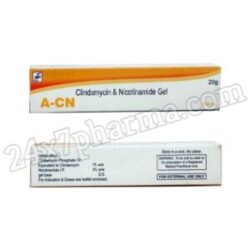
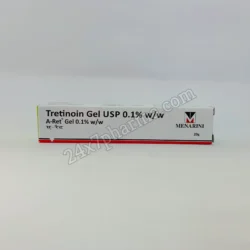

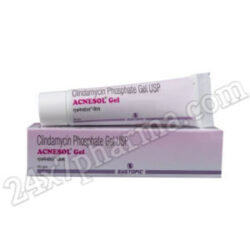
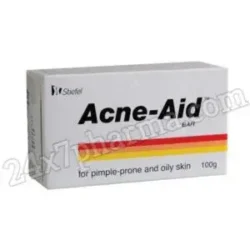
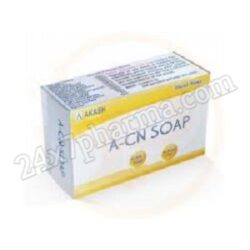
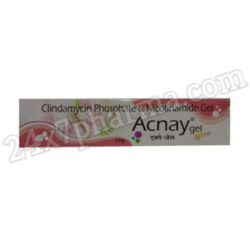
Reviews
Clear filtersThere are no reviews yet.